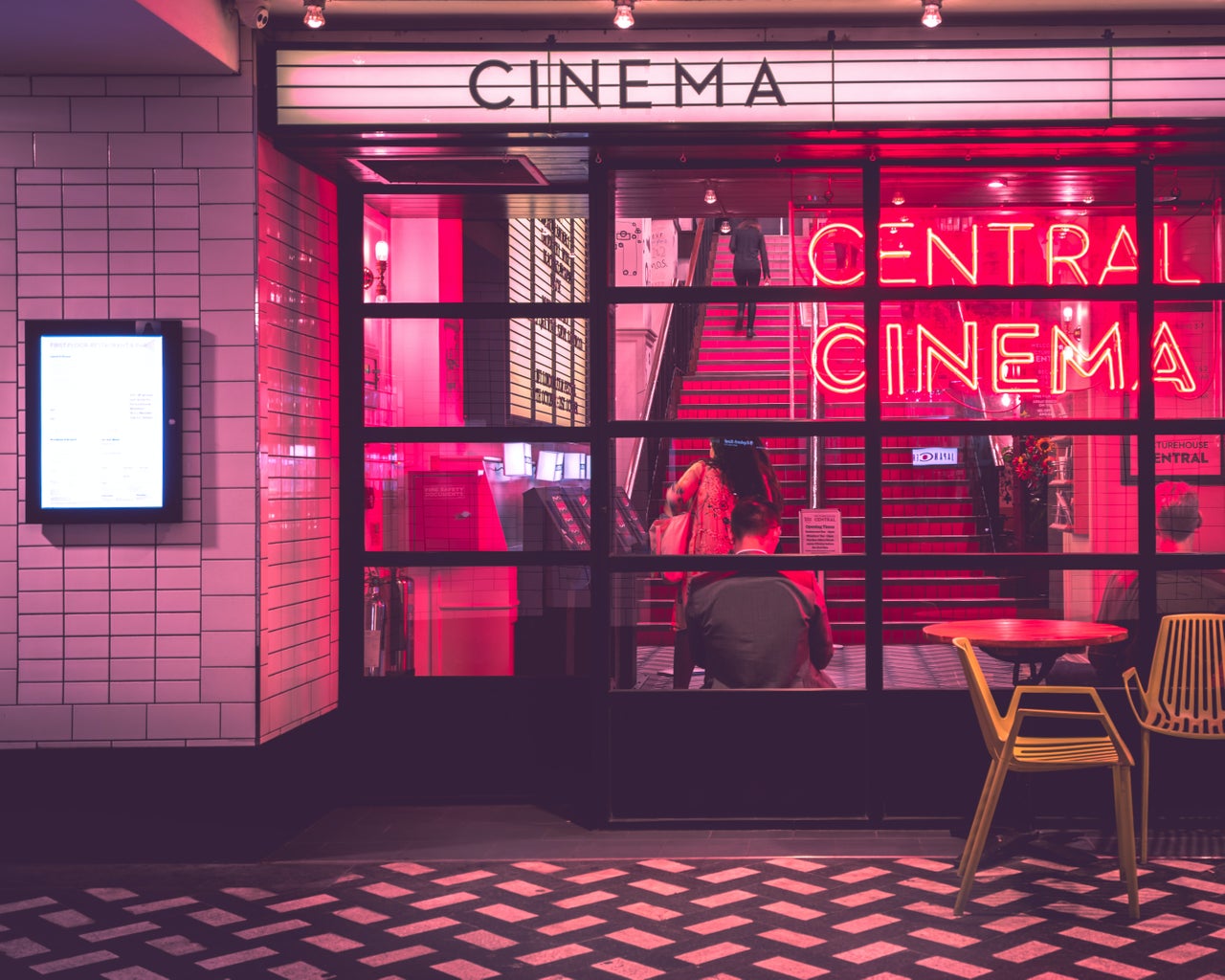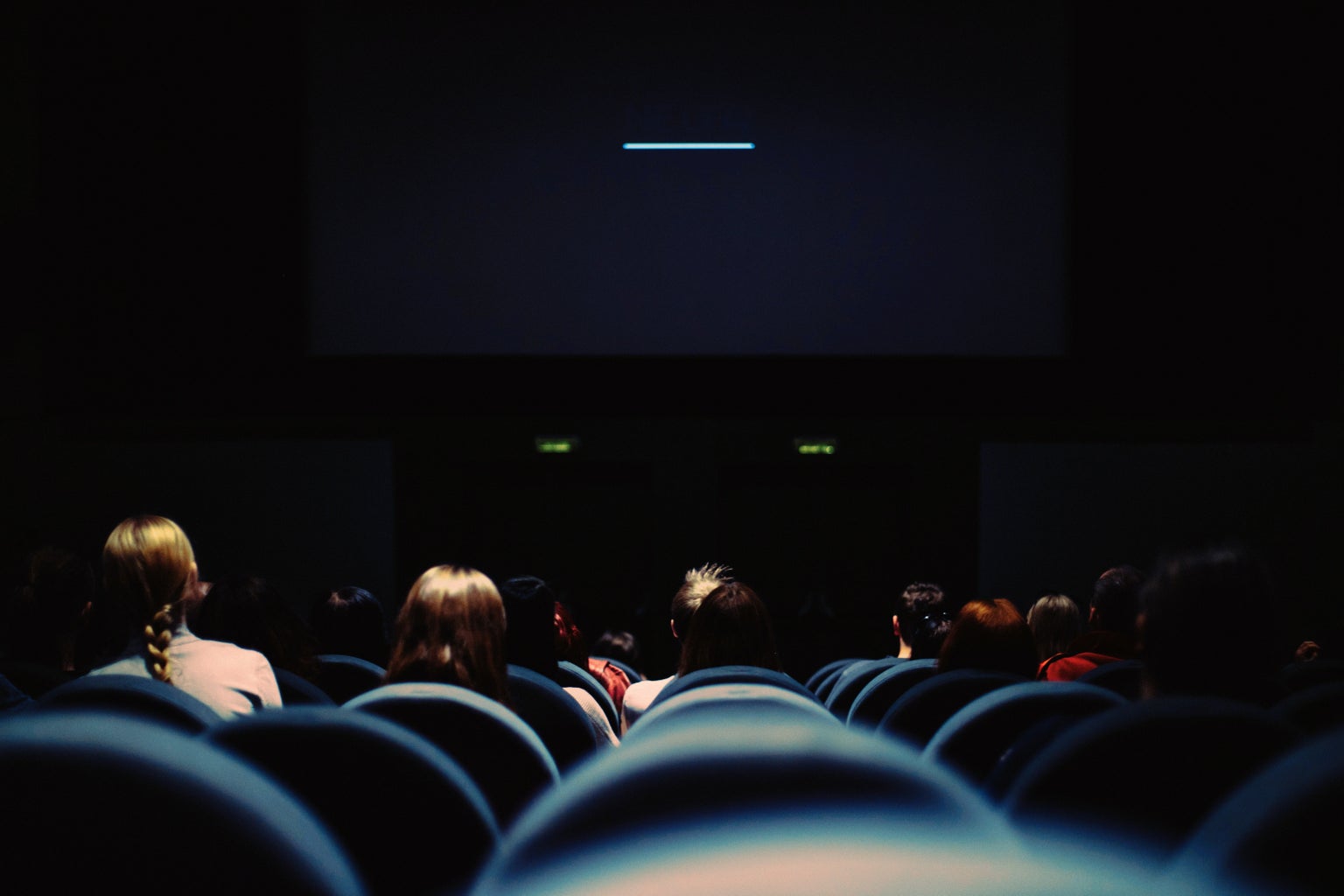Last week, I went with some friends to the Screening Room in downtown Kingston to watch The Taste of Things, a French movie about a gourmet and the cook who works for him. They have a sweet, gentle romance built on years of working together to create amazing dishes. Watching it reminded me of how important sound is in defining the tone of a movie.
One example I heard in a first-year film class is Studio Ghibli movies. Ambient sounds are something that Studio Ghibli does very well: Every film builds a unique soundscape that captures the world it holds. Think of the wind roaring as Kiki flies her broom in Kiki’s Delivery Service, the bustle and chatter of marketplaces, or the steampunk grit and clanging of the ship in Howl’s Moving Castle. But if you’ve only seen these movies in the English dub, you might notice a difference in the sound—and I don’t just mean the language.
For a comparison of English dubbed soundscape vs. the original Japanese, I highly recommend checking out this video. It shows side-by-side the effect of the musical soundtrack in the English version versus the ambient sounds that are emphasized in the Japanese. But to give a quick summary here, the English dubbed version of Castle in the Sky overlaid music on top of many scenes, obscuring the information that the original soundscape provides—the wind roaring in the height of the cliffs, for example, or the metallic ruckus kicked up by the army far below. The English dubbed sound obscures the atmosphere of the scene with the blanket musical coverage. Ever since I saw that video comparing them, I could never unhear the difference—and it’s made me pay closer attention to how other films use music and sound effects.
That’s why The Taste of Things stood out to me so much last week: It had no music. The difference was striking—I’m so used to films that blast their soundtracks all the time, unable to handle more than a few minutes of relative silence for fear it will lose the audience’s attention. I think of films like Oppenheimer, whose soundtrack was so constant and overpowering that it distracted me from the rest of the movie. I also think of just about any action or horror movie—a lot of times, Hollywood films will use music as a shortcut to set the tone of a scene. Want to build suspense? Add some discordant violin sounds in the background. Catch the audience with a jump scare? Blare the music. Establish that a character is sad or lonely? Give a shot of their blank face while melancholy music plays.
This isn’t necessarily a bad thing all the time—in fact, when used well, music can really enhance the natural undertones of a scene or startle the audience (if that’s what it’s going for). My problem is when we also have music when the scenery is shown… and the dialogue… and the transitions… until there’s very little space left in which we actually hear only the sounds present in the scene.
In The Taste of Things, every sound in the kitchen is heightened. The lack of music is very intentional. Director Trần Anh Hùng chose not to add music, saying in a Q&A after the Santa Barbara International Film Festival, “I had the feeling that if I put some music, it would bring something that is a little bit fabricated—and because I wanted it to be very real.” With no music to overlay the characters’ work, we hear everything—the scrape of pans across the stove, the rich bubbling froth in copper pots, the hiss of steam, the clatter of dishes, the minuscule splashes as vegetables patter into soup. The lack of music enhances the film’s immersive quality. The film is set in 1889 in France, so it’s fitting that the daily lives of these people are not set to a soundtrack. Instead, the film shines in its ambient kitchen soundscape, with the auditory layers adding to its sense of authenticity.
It’s a little ironic, then, that if you check out the official UK trailer for the film, you’ll find that they’ve added music over most of it—music that is not at all present in the film itself. But maybe that speaks to how much Western movie-makers and audiences dislike the quiet. We are uncomfortable with silence; we don’t know how to sit with it, so most of our films will do anything they can to cut those moments short and overlay music on everything.
This is not to say that I don’t love films with soundtracks, or that I don’t want to watch movies with lots of music in them. I still love character themes like the iconic Darth Vader intros in Star Wars or the classic songs on the soundtrack for Dirty Dancing. Music is often one of my favourite parts of watching movies or TV shows. That’s exactly why I get frustrated when it’s overused and thoughtlessly slapped on to cover over a lacklustre scene. Whatever genre or medium, I like it best when the music and sound enhance the film—not overpower it.
All this to say, I found watching The Taste of Things very refreshing for its lack of music, even as I continue to enjoy movies that lean into their musical soundtracks. Paying attention to how sound influences a movie’s tone and story is really interesting for me, and the next time I watch a Hollywood movie, I’ll probably be paying close attention to how it sounds!





